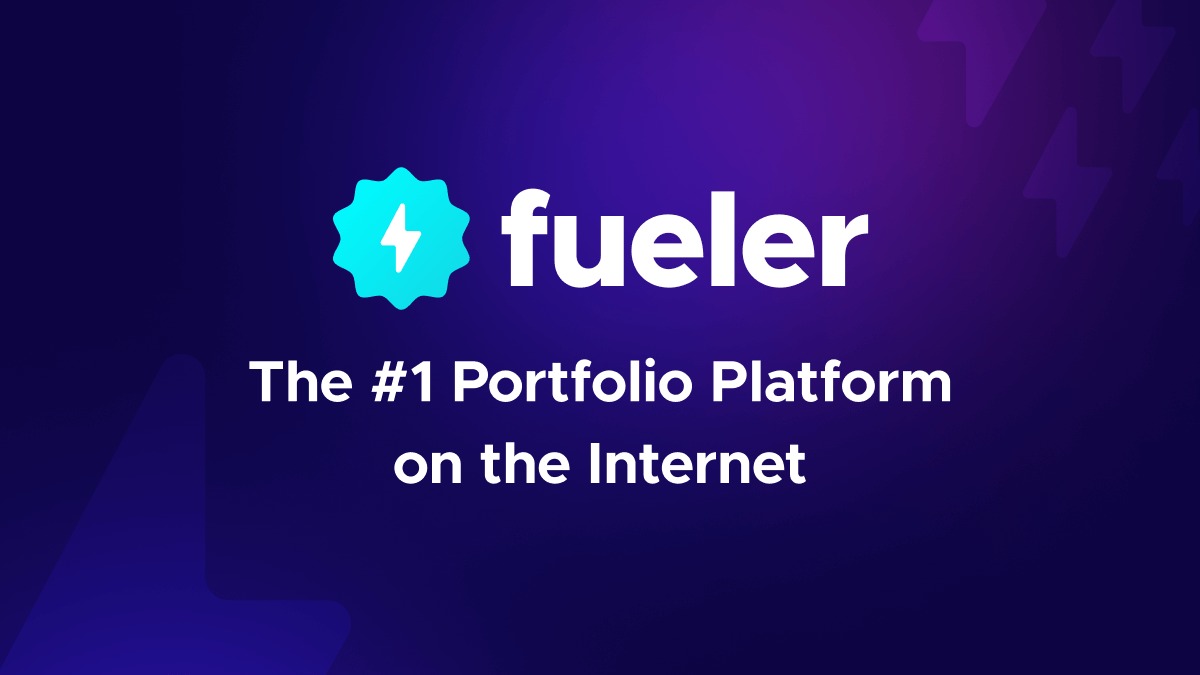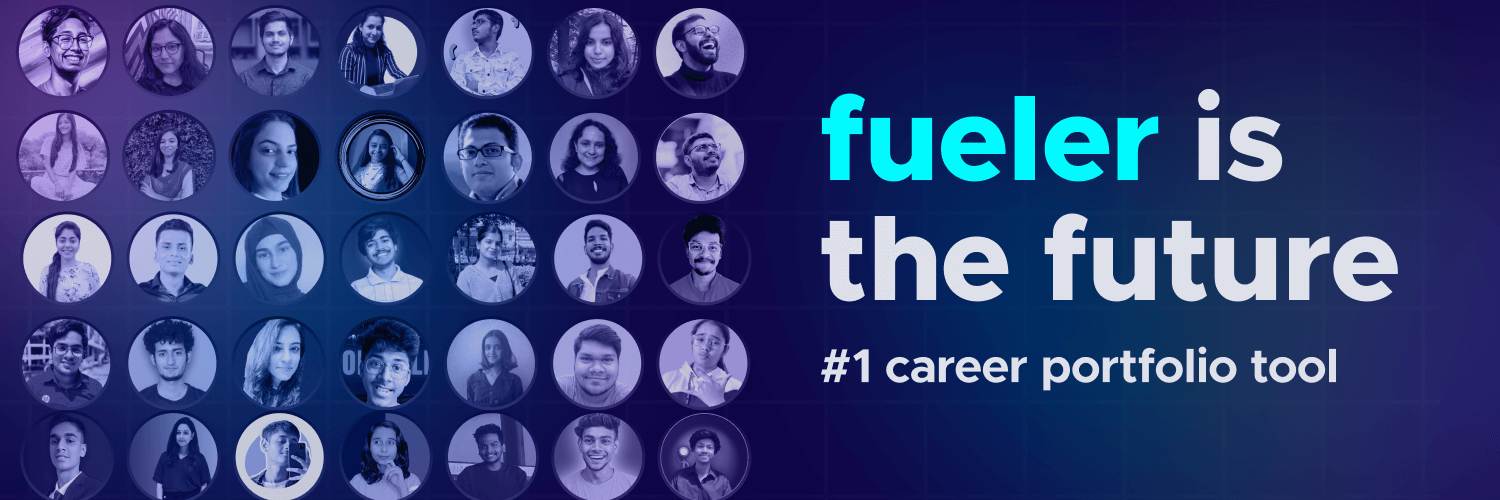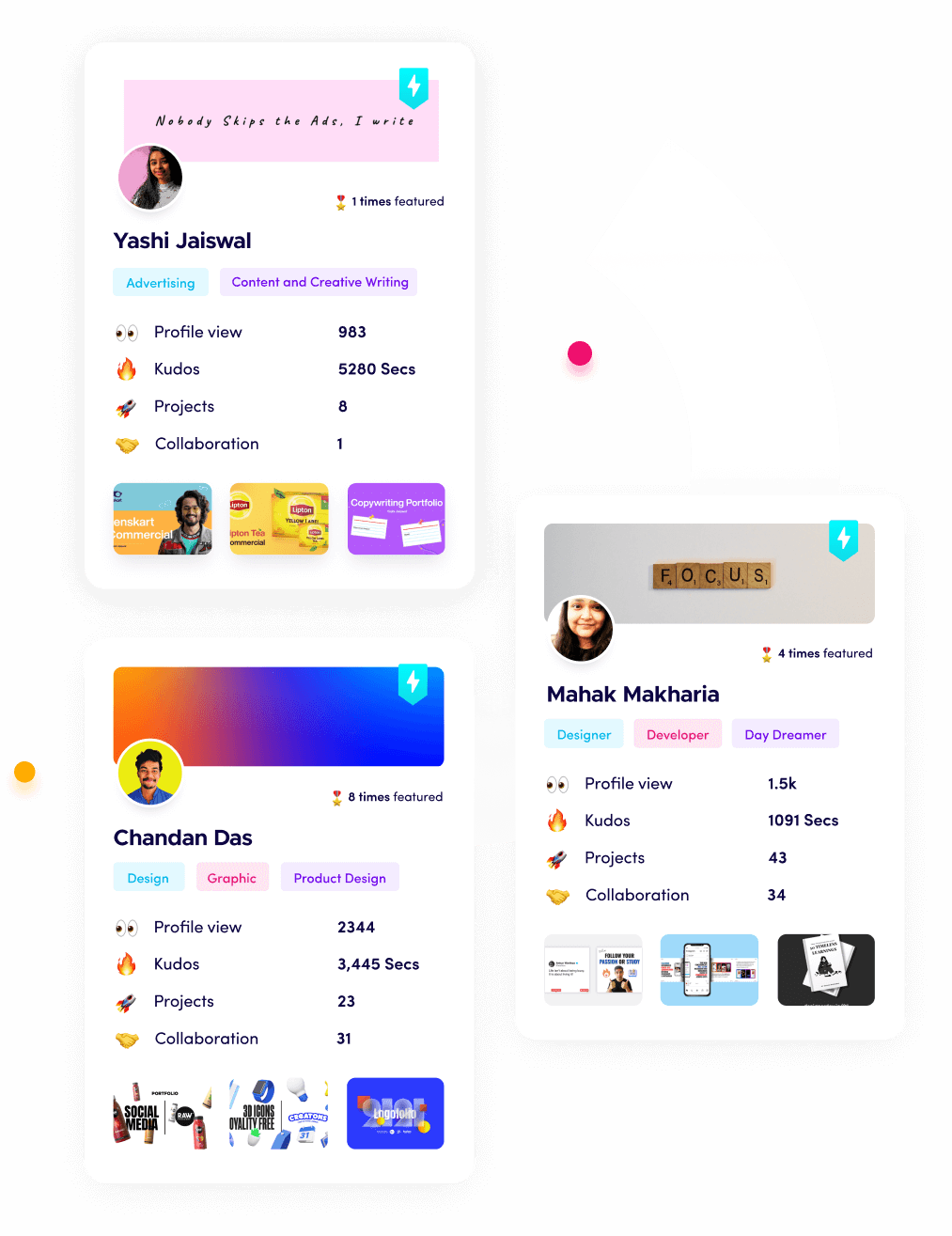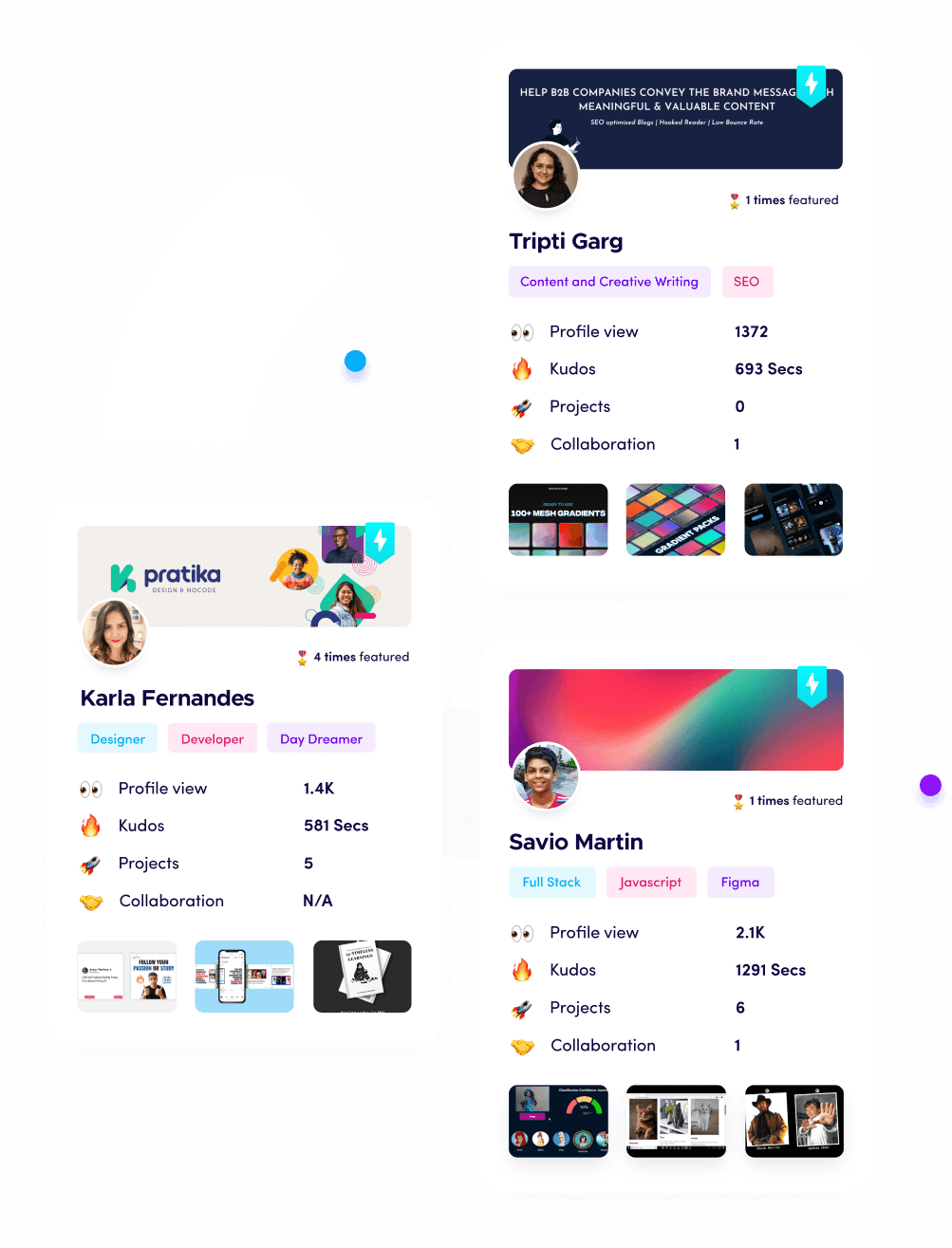10 Ways to Unlock Employee Engagement (Role of Benefits and Beyond)

Riten Debnath
13 Jun, 2025

Employee engagement is no longer just a buzzword — it’s the lifeblood of modern organizations aiming for success in 2025 and beyond. As workplaces evolve with new challenges like remote work and shifting employee expectations, the traditional perks and benefits that once attracted talent are no longer enough. True engagement means connecting with employees on a deeper level to inspire passion, commitment, and productivity. So, what does it really take to unlock employee engagement in today’s fast-changing world?
I’m Riten, founder of Fueler — a platform that helps freelancers and professionals get hired through their work samples. Much like how candidates need to showcase their actual skills to build trust, companies need to go beyond surface-level perks to truly engage employees. This article explores why benefits alone can’t guarantee engagement, and how building the right culture, communication, growth opportunities, and trust forms the foundation of an engaged workforce in 2025.
1. Benefits Are the Foundation — But Engagement Requires So Much More
Benefits remain the first step in creating a positive employee experience. Health insurance, retirement plans, paid leave, and wellness programs form the baseline expectations in 2025. But relying solely on these benefits is no longer enough to engage employees meaningfully.
- Why Benefits Still Matter: Competitive benefits provide security and peace of mind. They show that the company cares about employees’ health, finances, and work-life balance.
- Modern Benefits for Modern Employees: Today’s workforce demands more flexible benefits like mental health support, telemedicine access, extended parental leave, education reimbursements, and student loan assistance.
- Customization and Inclusivity: Tailoring benefits to the demographics and life stages of employees enhances their value and impact. What appeals to millennials may differ from what appeals to Gen Z or Boomers.
While benefits prevent dissatisfaction, true engagement demands connecting with employees emotionally and intellectually, which requires strategies beyond traditional perks.
2. Cultivating a Culture of Recognition and Meaningful Appreciation
Recognition is a powerful, often underestimated driver of engagement. Regular, authentic appreciation not only boosts morale but reinforces behaviors that help organizations thrive.
- The Science Behind Recognition: Human brains respond positively to acknowledgment, releasing dopamine that increases motivation and satisfaction.
- Practical Recognition Methods: Managers can give timely shout-outs during meetings, use peer-to-peer recognition software, or create award systems linked to company values.
- Personalizing Appreciation: Understanding what forms of recognition resonate with individual employees — whether public praise, private thanks, or tangible rewards — enhances effectiveness.
- Impact on Retention and Productivity: Studies show that employees who feel recognized are 5 times more likely to stay with their employer and perform better.
Recognition fuels a sense of belonging and loyalty that benefits alone cannot deliver, making it an essential part of engagement strategies. When paired with flexible reward systems, the impact is even greater. Motivosity makes Lifestyle Spending Accounts easier, enabling companies to offer personalized, meaningful perks that go hand in hand with their recognition efforts.
3. Providing Clear, Personalized Career Development and Growth Opportunities
Employees want more than just a job they want a future. Clear career development paths significantly enhance engagement by aligning employee aspirations with company goals.
- Why Career Growth Matters: Growth opportunities reduce turnover, boost motivation, and foster a learning culture.
- Designing Effective Growth Programs: Provide access to skill training, certifications, mentorship, job rotations, and stretch assignments that challenge employees.
- Personalization is Key: Align growth plans with individual strengths, interests, and career ambitions for maximum engagement.
- Link to Business Outcomes: Developing employees’ skills strategically supports succession planning and competitive advantage.
When employees see a path forward, they invest more energy and loyalty, knowing the company values their long-term potential.
4. Building Transparent, Open Communication and Empowering Employee Voice
Engagement thrives in environments where employees feel heard and empowered to contribute ideas, concerns, and solutions.
- The Power of Open Dialogue: Transparency builds trust and reduces uncertainty especially important in hybrid and remote work settings.
- Effective Communication Channels: Use regular town halls, pulse surveys, anonymous feedback tools, and open-door policies.
- Acting on Feedback: True engagement requires not just listening, but responding by implementing changes and communicating outcomes.
- Empowerment Through Inclusion: Inviting employees to participate in decision-making increases ownership and motivation.
Organizations that foster open communication create a culture where employees feel respected, valued, and engaged.
5. Embracing Flexibility and Supporting Work-Life Balance as a Core Engagement Strategy
The rise of flexible work arrangements has transformed employee expectations. Balancing work and personal life is no longer optional it is essential for engagement and well-being.
- Why Flexibility Drives Engagement: It reduces burnout, increases job satisfaction, and supports diverse lifestyles.
- Types of Flexibility: Remote work options, flexible schedules, compressed workweeks, and unlimited PTO policies.
- Trust as the Foundation: Flexibility only works when leaders trust employees to manage their time and deliver results without micromanagement.
- Supporting Tools and Policies: Invest in digital collaboration tools, clear outcome-based goals, and mental health resources.
Flexible workplaces demonstrate respect for employees’ whole lives, which deepens commitment and engagement.
6. Leveraging Technology to Enhance Engagement and Employee Experience
Digital transformation is reshaping how companies engage their workforce. The right tools help streamline communication, learning, feedback, and recognition.
- Engagement Platforms: Tools like Slack, Microsoft Teams, or Fueler help maintain connection and collaboration, especially in hybrid environments.
- Learning Management Systems (LMS): These provide accessible career development and skill-building opportunities.
- Feedback and Survey Tools: Regular pulse surveys, 360-degree feedback, and sentiment analysis help managers track engagement in real-time.
- Recognition Software: Platforms that facilitate peer recognition and reward programs scale appreciation efforts and make them more visible.
- Employee Monitoring Software: You can use monitoring tools to understand how your team works without crossing into micromanagement. When used transparently, these tools help you spot burnout risks, unfair workloads, or process bottlenecks before they hurt engagement. The goal is not to watch people, but to remove friction so they can do their best work and feel supported.
Fueler, as a portfolio platform, also supports engagement indirectly by enabling hiring managers to assess real skills through assignments, ensuring better fit and satisfaction from day one.
7. Encouraging Leadership that Inspires and Models Engagement
Leadership behavior significantly influences employee engagement. Leaders who communicate vision, show empathy, and demonstrate integrity inspire teams to follow.
- Leadership Styles That Work: Transformational and servant leadership styles have been shown to boost engagement and morale.
- Consistency and Authenticity: Leaders must walk the talk — consistent behaviors build trust and credibility.
- Coaching and Mentoring: Engaged leaders invest time in developing their teams personally and professionally.
- Visibility and Accessibility: Regular interactions and genuine interest in employees’ well-being enhance connection.
Strong leadership creates a culture where engagement can thrive organically.
8. Fostering Team Collaboration and Social Connections
Human beings are social creatures, and workplace relationships matter deeply for engagement.
- The Role of Team Dynamics: Strong, collaborative teams promote belonging and shared purpose.
- Encouraging Collaboration: Use cross-functional projects, brainstorming sessions, and social events to build relationships.
- Supporting Remote Socializing: Virtual coffee breaks, online games, and chat groups help maintain bonds in remote setups.
- Impact on Productivity: Collaborative cultures see higher creativity, faster problem-solving, and better outcomes.
Social connections are a vital piece of the engagement puzzle that many organizations overlook.
9. Prioritizing Employee Well-being Holistically
Well-being goes beyond physical health to include mental, emotional, financial, and social wellness.
- Why Holistic Well-being Matters: Engaged employees feel cared for in all aspects of life.
- Implementing Wellness Programs: Mindfulness sessions, fitness incentives, financial planning workshops, and access to counseling services.
- Creating a Supportive Environment: Encourage open conversations about mental health and reduce stigma.
- Measuring Impact: Track wellness program participation and correlate with engagement and productivity metrics.
Supporting employee well-being helps sustain long-term engagement and reduces absenteeism.
10. Aligning Company Purpose and Values with Employee Goals
Employees want to feel that their work matters. When company purpose aligns with personal values, engagement soars.
- Communicating Purpose: Share how the company’s mission impacts customers and society.
- Embedding Values in Daily Work: Recognize behaviors that reflect values and incorporate them in performance metrics.
- Recruiting for Cultural Fit: Hire individuals who resonate with company purpose to start engagement from day one.
- Sustaining Purpose-Driven Culture: Regularly revisit and reinforce purpose to keep it relevant and inspiring.
Purpose-driven organizations report higher employee engagement, loyalty, and advocacy.
Final Thought:
Unlocking employee engagement in 2025 requires a holistic, multi-dimensional approach that goes far beyond just offering benefits. Managers must create a culture of recognition, communication, growth, trust, and well-being, supported by the right technology and leadership. When employees feel genuinely valued and connected, they become passionate contributors to the company’s success. Start investing in these engagement strategies today, and watch your organization thrive in an ever-changing world.
FAQs
1. What are the most effective employee benefits for engagement in 2025?
Flexible work options, mental health support, wellness programs, and career development benefits are top priorities.
2. How can managers improve employee recognition effectively?
Use frequent, sincere praise tailored to individual preferences and leverage peer recognition platforms.
3. What role does communication play in employee engagement?
Open, two-way communication builds trust, increases transparency, and fosters innovation.
4. How does flexible work impact employee engagement?
Flexibility reduces burnout and improves satisfaction by allowing employees to balance work and life better.
5. Why is aligning company values with employee goals important?
It creates meaning and purpose in work, driving loyalty, motivation, and long-term engagement.
What is Fueler Portfolio?
Fueler is a career portfolio platform that helps companies find the best talents for their organization based on their proof of work.
You can create your portfolio on Fueler, thousands of freelancers around the world use Fueler to create their professional-looking portfolios and become financially independent. Discover inspiration for your portfolio
Sign up for free on Fueler or get in touch to learn more.


